Day 16 of Noirvember, Part 2: The Trials of Tom Neal
 Tom Neal’s life was like a movie. A tragic one.
Tom Neal’s life was like a movie. A tragic one.
He was born with the proverbial “silver spoon,” received a quality education at the nation’s finest schools – he was the All-American boy. When he decided to pursue an acting career, he had little trouble getting started, and while his films were not usually of top-notch caliber, he at least never wanted for assignments. But his career was cut short due to a romantic entanglement and a volatile temper, he was faced with tragic circumstances when trying to turn his life around, and he finally wound up imprisoned for killing his wife.
Not exactly the stuff of which dreams are made.
The luckless actor with the rugged good looks was born on January 18, 1914, in Evanston, Illinois, the first of two children of to Mary Martin Neal and her wealthy banker husband, Thomas C. Neal. He graduated in 1934 from Harvard University, where he excelled at track, golf, tennis, skiing, and boxing, and made All-American on the football team. Neal’s interest in acting was first demonstrated through his performances in college plays, and after his graduation, he did summer theater in the Catskills, toured in the play The Old Maid, and appeared in a number of productions. One of these attracted the notice of MGM talent scout, Martin Stein, who arranged for a screen test and promptly signed the 24-year-old to a contract.
Neal made his screen debut in Out West with the Hardys (1938), the fourth in the long-running series. The following year, he appeared in nearly a dozen films, mostly forgettable; his best performance that year came in Within the Law (1939), for which the critic in Variety wrote: “Tom Neal, displaying a rugged and vigorous personality similar to John Garfield, gets his first crack at a lead and puts it over most competently.”
 By now, Neal had established himself as a reliable member of the MGM family, and his efforts were rewarded when he was cast in the big-budget Joan Crawford-Clark Gable starrer, Strange Cargo (1940). Instead of capitalizing on his big break, however, Neal made the first of many mistakes. Before filming began, Neal made an unwelcome pass on Crawford, who reported the incident to MGM chief Louis B. Mayer. Neal was unceremoniously removed from the film, replaced by actor John Aldridge, and as additional punishment, was loaned out to RKO for Courageous Dr. Christian (1940), starring Jean Hersholt. Although Neal received good notices for his performance, he was dropped by MGM after small roles in just three more pictures.
By now, Neal had established himself as a reliable member of the MGM family, and his efforts were rewarded when he was cast in the big-budget Joan Crawford-Clark Gable starrer, Strange Cargo (1940). Instead of capitalizing on his big break, however, Neal made the first of many mistakes. Before filming began, Neal made an unwelcome pass on Crawford, who reported the incident to MGM chief Louis B. Mayer. Neal was unceremoniously removed from the film, replaced by actor John Aldridge, and as additional punishment, was loaned out to RKO for Courageous Dr. Christian (1940), starring Jean Hersholt. Although Neal received good notices for his performance, he was dropped by MGM after small roles in just three more pictures.
Before long, Neal was picked up by Columbia Studios, and in his first film there, Under Age (1941), he earned praise in Variety for his “life-like character” portrayal. Although Neal was still not on his way to star status, he was nonetheless kept busy, and also appeared in a number of films featuring such Hollywood elite as John Wayne in Flying Tigers (1942) , Gary Cooper in Pride of the Yankees (1942), Gene Tierney in China Girl (1942), John Garfield in Air Force (1943), and Claudette Colbert and Fred MacMurray in No Time for Love (1943).
 Another big break appeared to come Neal’s way in 1943 when he was cast in RKO’s Behind the Rising Son, in an interesting cast that included Margo, J. Carroll Naish, Robert Ryan, and Mike Mazurki. Termed by one reviewer as an anti-war feature focusing how the “Japanese military machine . . . can turn an upright and honorable man into a snarling and killing cur,” this film was a huge box-office success and earned Neal some of the best notices of his career. He followed it up, however, with starring roles in a series of duds, including Klondike Kate (1943), The Racket Man (1944), and Two-Man Submarine (1944).
Another big break appeared to come Neal’s way in 1943 when he was cast in RKO’s Behind the Rising Son, in an interesting cast that included Margo, J. Carroll Naish, Robert Ryan, and Mike Mazurki. Termed by one reviewer as an anti-war feature focusing how the “Japanese military machine . . . can turn an upright and honorable man into a snarling and killing cur,” this film was a huge box-office success and earned Neal some of the best notices of his career. He followed it up, however, with starring roles in a series of duds, including Klondike Kate (1943), The Racket Man (1944), and Two-Man Submarine (1944).
But the highlight of Neal’s film performances was just ahead. In 1945, he starred opposite Ann Savage in his sole film noir, Detour, a grim story about a hard-luck everyman who makes wrong choices and finds him caught up in circumstances beyond his control – not unlike Neal himself. (Click here for more on this film.)
A low-budget feature that cost only about $20,000 to make, Detour turned out to be one of the sleepers of the year, and decades later, ranks among film noir’s most famous entries. Upon its release, Neal was singled out for praise in numerous reviews; the critic for Variety said he “does well with a difficult role that rates him a break in something better,” and the Los Angeles Times reviewer wrote: “Tom Neal grips you with every move and facial expression.”
 However, as much as Detour was the highlight of Neal’s career, it also marked the turning point. He continued his spate of non-stop filming, but the only picture of note was First Yank Into Tokyo (1945), the first American film to depict the atomic attack on Japan. After this picture, Neal returned to his roots on the stage, touring during the summer of 1945 with Miriam Hopkins in Laura, portraying the role popularized by Dana Andrews in the 1944 film. Back in Hollywood after the tour ended, Neal was signed to a contract by Universal, starring opposite Martha O’Driscoll in a silly whodunit, Blonde Alibi (1946) and in The Brute Man (1946), with disfigured character actor Rondo Hattan, who died before the film was released. During the shooting of this gruesome feature, Universal merged with International Pictures and, along with most of the studios contract players, Neal was dropped. He spent the next several years playing lackluster roles in mediocre films for such poverty row studios as Monogram, PRC, and Lippert, which signed him to a contract.
However, as much as Detour was the highlight of Neal’s career, it also marked the turning point. He continued his spate of non-stop filming, but the only picture of note was First Yank Into Tokyo (1945), the first American film to depict the atomic attack on Japan. After this picture, Neal returned to his roots on the stage, touring during the summer of 1945 with Miriam Hopkins in Laura, portraying the role popularized by Dana Andrews in the 1944 film. Back in Hollywood after the tour ended, Neal was signed to a contract by Universal, starring opposite Martha O’Driscoll in a silly whodunit, Blonde Alibi (1946) and in The Brute Man (1946), with disfigured character actor Rondo Hattan, who died before the film was released. During the shooting of this gruesome feature, Universal merged with International Pictures and, along with most of the studios contract players, Neal was dropped. He spent the next several years playing lackluster roles in mediocre films for such poverty row studios as Monogram, PRC, and Lippert, which signed him to a contract.
 Off-screen, Neal married for the first time in 1948, to actress Vicki Lane, whose best screen role was probably her portrayal of a half-ape, half-woman in Universal’s The Jungle Captive (1945). The couple divorced in 1950. The following year, Neal was introduced to actress Barbara Payton at a party – the meeting would signal the onset of a drastic descent in the actor’s personal life. Payton, a buxom, attractive blonde, was well on her way to a promising screen career, having starred opposite James Cagney in Kiss Tomorrow Goodbye (1950) and with Gregory Peck in Only the Valiant (1951). At the time of their meeting, Payton was involved with actor Franchot Tone, but she and Neal plunged headlong into a whirlwind romance and after just a few weeks, Payton ended her romance with Tone by announcing to the press that she and Neal were engaged. The actress then changed her mind, and resumed her relationship with Tone, only to once again reverse her affections two months later and return to Neal. The couple told the press that they would marry on September 14, 1951.
Off-screen, Neal married for the first time in 1948, to actress Vicki Lane, whose best screen role was probably her portrayal of a half-ape, half-woman in Universal’s The Jungle Captive (1945). The couple divorced in 1950. The following year, Neal was introduced to actress Barbara Payton at a party – the meeting would signal the onset of a drastic descent in the actor’s personal life. Payton, a buxom, attractive blonde, was well on her way to a promising screen career, having starred opposite James Cagney in Kiss Tomorrow Goodbye (1950) and with Gregory Peck in Only the Valiant (1951). At the time of their meeting, Payton was involved with actor Franchot Tone, but she and Neal plunged headlong into a whirlwind romance and after just a few weeks, Payton ended her romance with Tone by announcing to the press that she and Neal were engaged. The actress then changed her mind, and resumed her relationship with Tone, only to once again reverse her affections two months later and return to Neal. The couple told the press that they would marry on September 14, 1951.
On the night before the wedding was to take place, Neal learned that Payton was on a date with Tone, and he waited at Payton’s home for their return. According to newspaper accounts, Payton and Tone arrived at her house in the pre-dawn hours and Neal confronted them on the front lawn. An argument ensued and, while there was dispute about who threw the first punch, the facts are plain that Neal’s battering of Tone left him with a brain concussion, a broken nose, and fractured cheekbones. The enraged actor struck Payton as well.
 Neal was arrested and charged with “using his fists as a weapon.” In addition, Tone sued him for $150,000. Although Payton visited the ailing Tone in the hospital and had tearfully declared her love for him to the press, newspapers reported just days after the incident that she was once again seeing Neal on the sly. Still, following Tone’s was released from the hospital, he and Payton were married on September 28, 1951. Afterward, Hedda Hopper commented on the union in her column, saying “Thank God, now we can all relax.”
Neal was arrested and charged with “using his fists as a weapon.” In addition, Tone sued him for $150,000. Although Payton visited the ailing Tone in the hospital and had tearfully declared her love for him to the press, newspapers reported just days after the incident that she was once again seeing Neal on the sly. Still, following Tone’s was released from the hospital, he and Payton were married on September 28, 1951. Afterward, Hedda Hopper commented on the union in her column, saying “Thank God, now we can all relax.”
But the story didn’t end there.
Just seven weeks later, Payton and Tone separated, and were divorced the following May. Meanwhile, after Neal served eight months in the Los Angeles County Prison for the incident, and was ordered to pay tone $100,000 in damages, he and Payton once again resumed their volatile relationship. But the scandal had taken its toll on both their careers. Barbara was fired from a Walter Wanger production she’d been scheduled to star in, Lady in the Iron Mask (1952), and replaced by Patricia Medina. Instead, she was loaned out by Warner Brothers for a low-budget horror flick, Bride of the Gorilla (1951). Neal found the doors in Hollywood closed to him as well. With only one more picture left on his contract with Lippert, the studio craftily attempted to capitalize on Neal and Payton’s notoriety by casting them together in a quickie western, The Great Jesse James Raid (1953). It would be Neal’s last film appearance. The couple also toured Detroit, Chicago, and Pittsburgh in a production of The Postman Always Rings Twice, billed as “The Tempestuous Colorful Hollywood Stars.”
 In 1953, Neal accompanied Payton to London where she was scheduled to star in an English feature. Neal hoped to make Payton his wife, telling the press of his plans to “marry her and have five or six children,” but Payton was less enthusiastic. “Marry Tom?” she was quoted in one article. “I just don’t know. My career is so important.” During their stay in London, Neal and Payton fought constantly, and Neal ultimately returned to Hollywood alone, finally signaling the end of their turbulent union. (Payton would only appear in three more films. In later years, she was arrested for passing bad checks, turned to alcohol and prostitution, and died in 1967 at the San Diego home of her parents in 1967. She was 39 years old.)
In 1953, Neal accompanied Payton to London where she was scheduled to star in an English feature. Neal hoped to make Payton his wife, telling the press of his plans to “marry her and have five or six children,” but Payton was less enthusiastic. “Marry Tom?” she was quoted in one article. “I just don’t know. My career is so important.” During their stay in London, Neal and Payton fought constantly, and Neal ultimately returned to Hollywood alone, finally signaling the end of their turbulent union. (Payton would only appear in three more films. In later years, she was arrested for passing bad checks, turned to alcohol and prostitution, and died in 1967 at the San Diego home of her parents in 1967. She was 39 years old.)
As for Neal, after the demise of his relationship with Payton, he moved to Chicago, where he appeared on a local soaper, A Time to Live. The following year, he returned to Hollywood but, unable to find work, he moved to Palm Springs, where he worked as night manager in a restaurant.
At this point in Neal’s stormy life, things finally began to look up. Having had an interest in gardening since his childhood, he obtained a license for landscape architecture and started a successful landscaping business. “It was tough work at first under the broiling desert sun, but it was worth it,” Neal told United Press writer Vernon Scott in 1957. “I really found myself – the first time in my life.” Neal also began studying the Christian Science faith and remarried, this time to Patricia Fenton, a local girl, with whom he had a son, Tom, Jr. “I’m a very fortunate man,” he told Scott. “I wouldn’t go back to acting for anything. I’ve found religion, a good wife and work I can be proud of.”
 But Neal’s happiness wouldn’t last. In 1958, Patricia died of cancer, their young son was sent to live with Neal’s sister in Evanston, Illinois, and the former actor’s life began another downward slide. He began drinking heavily, and in 1961 married Gale Bennett, a former hostess in a tennis club, but the stormy marriage was doomed from the start. His business later failed, and he was forced to file for bankruptcy. Then, in 1965, while Neal was visiting his son in Evanston, his wife filed for divorce. It was upon Neal’s return to Palm Springs that things truly took a turn for the worse. On April 2, 1965, newspaper headlines screamed the news that the body of Gail Neal had been found on the living room sofa in the couple’s home. She had been shot in the head.
But Neal’s happiness wouldn’t last. In 1958, Patricia died of cancer, their young son was sent to live with Neal’s sister in Evanston, Illinois, and the former actor’s life began another downward slide. He began drinking heavily, and in 1961 married Gale Bennett, a former hostess in a tennis club, but the stormy marriage was doomed from the start. His business later failed, and he was forced to file for bankruptcy. Then, in 1965, while Neal was visiting his son in Evanston, his wife filed for divorce. It was upon Neal’s return to Palm Springs that things truly took a turn for the worse. On April 2, 1965, newspaper headlines screamed the news that the body of Gail Neal had been found on the living room sofa in the couple’s home. She had been shot in the head.
Neal was charged with murder.
According to Neal, his wife was accidentally shot while they struggled for a gun that she had pulled on him, angered because of Neal’s accusations of infidelity. During Neal’s subsequent trial, however, witnesses told a different story. One, the co-owner of a local restaurant, said that Neal had come to his establishment on the night of the shooting and told him: “I shot her. She was napping.”
In November 1965, Neal was convicted of involuntary manslaughter and sentenced by Superior Court Judge Hilton H. McCabe to 1 to 10 years at Soledad State Prison. “Even God has to answer to McCabe, I guess,” Neal told reporters after the sentencing. “This is his vengeance.” The former actor served part of his sentence there, then was later assigned to the work-furlough program at the state’s Institution for Men in Chino, California, where he was paroled in December 1971.
 Following his six-year imprisonment, Neal, now appearing far older than his years, returned to Hollywood, where he took up residence with his then-15-year-old son, Thomas. He told reporters that he planned to join an Encino-based television firm, but it wasn’t to be. Just eight months after his parole, on August 7, 1972, Neal was found dead in his bed by his son. An autopsy later determined that he died of heart failure.
Following his six-year imprisonment, Neal, now appearing far older than his years, returned to Hollywood, where he took up residence with his then-15-year-old son, Thomas. He told reporters that he planned to join an Encino-based television firm, but it wasn’t to be. Just eight months after his parole, on August 7, 1972, Neal was found dead in his bed by his son. An autopsy later determined that he died of heart failure.
Ironically, almost two decades after his father’s death, Tom Neal, Jr., starred in a remake of his father’s best-remembered film, Detour, playing the same role of the hapless musician that his father had portrayed in the mid-1940s. The remake, unfortunately, failed to live up to the original and after playing in limited theatrical release in 1992, was finally released to video in 1998.
There are few Hollywood stories as grim and relentless as the life of Tom Neal. Like the character he played in his famed film noir, he often seemed caught up in circumstances beyond his control. In a description of the character his father played, Tom Neal, Jr., seemed to accurately typify his father’s fate as well: “[He wasn’t] a loser in the classic sense – he’s a guy in a jam. And once he gets there, there’s no getting out.”
~ by shadowsandsatin on November 16, 2015.
Posted in Noir Performers, Noirvember 2015
Tags: Barbara Payton, Detour, film noir, Franchot Tone, Noirvember, Tom Neal


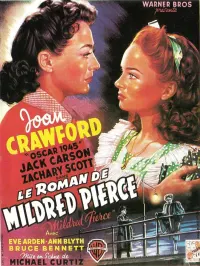




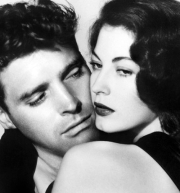













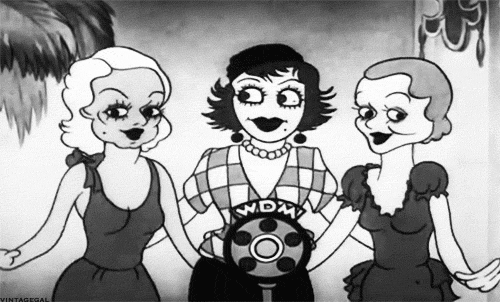


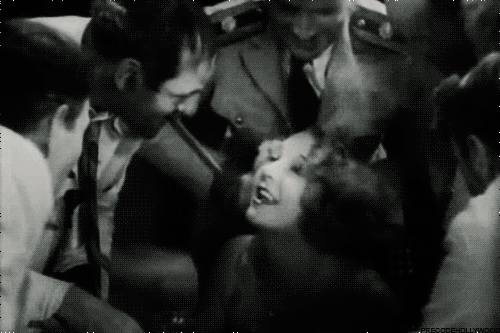


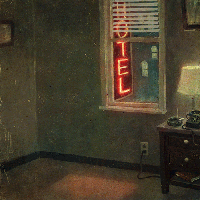
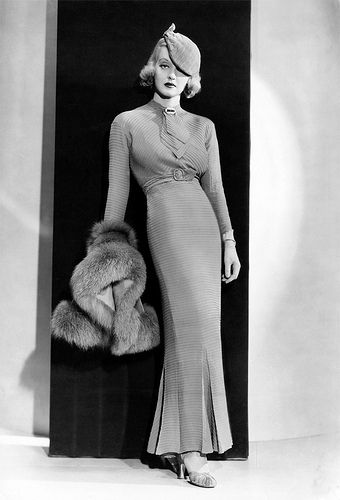



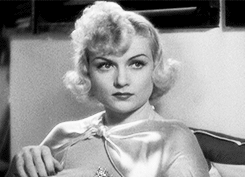
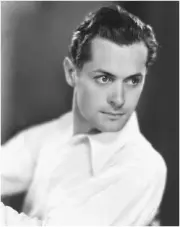
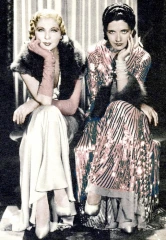

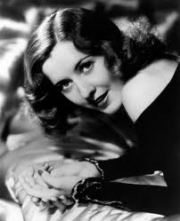
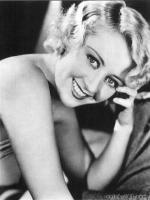


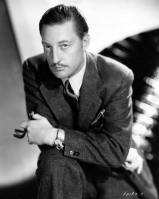




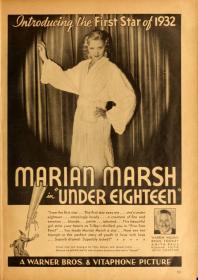
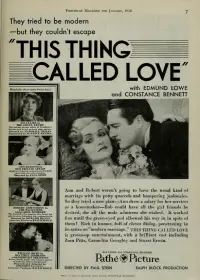

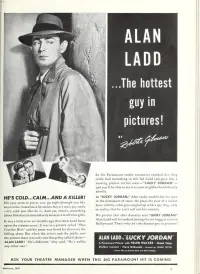
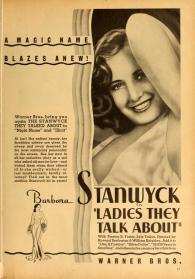

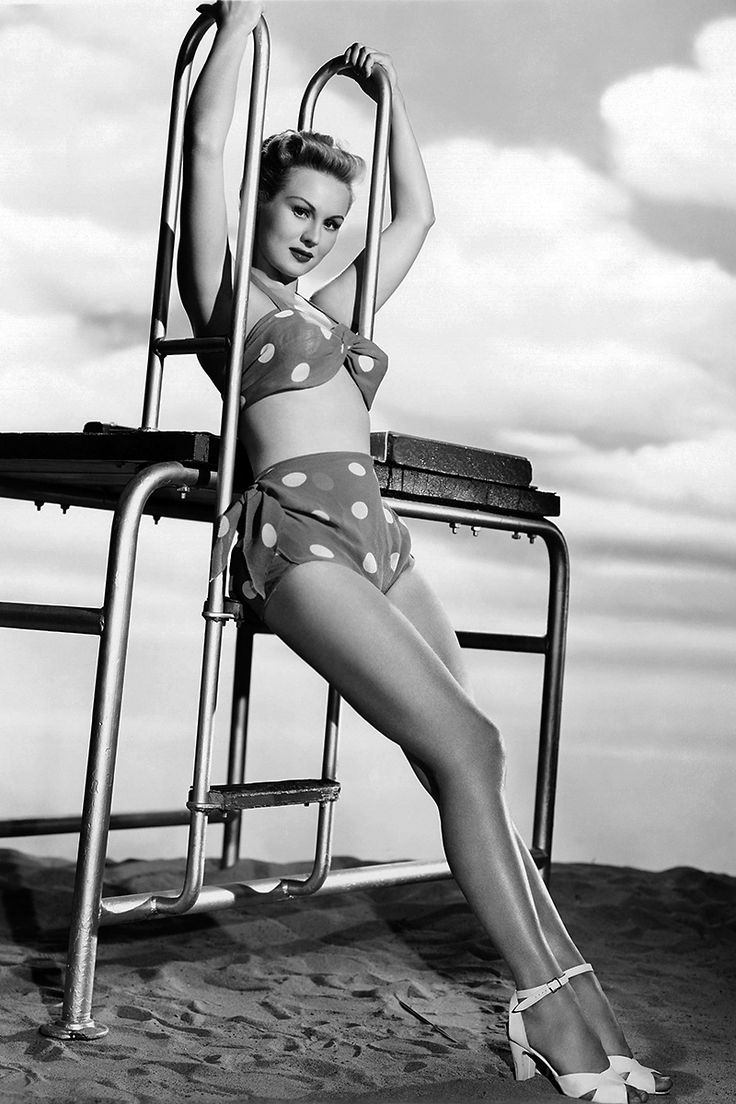



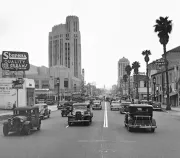
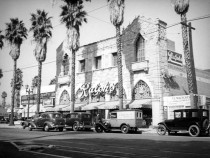


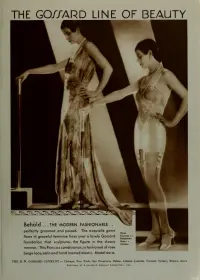

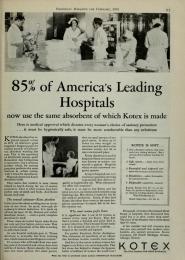

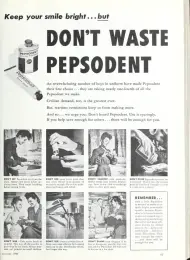


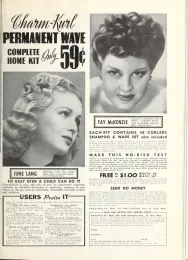


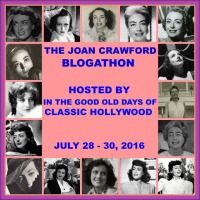


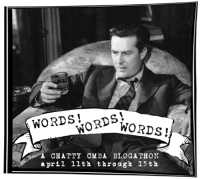

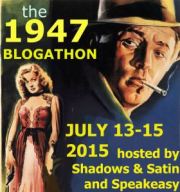
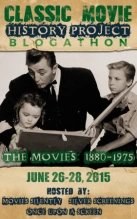
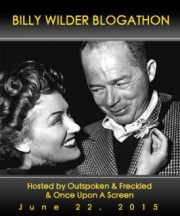


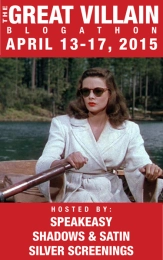


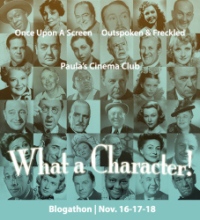
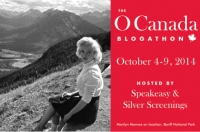


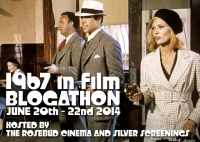


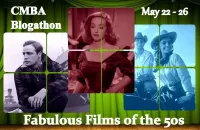
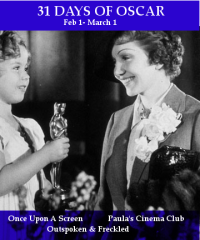
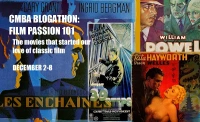







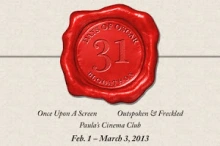

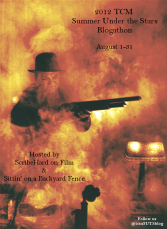


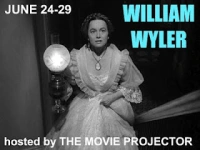





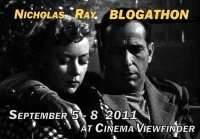

Great history. So many tragic Hollywood stories. So many were such messes.
Neal’s story is one of the true Hollywood tragedies. I reviewed “Detour” a few weeks ago. He’s good in it, but Ann Savage was dynamite as Vera!
Harrowing story ! Great write.
Out of jail only six years after murdering his wife?
I don’t think his life was tragic. He was just a crazy murderer.
You may be right, Katarina. Still seems pretty tragic to me, for everyone concerned.
[…] Tom Neal had an off-screen life with enough drama for a couple of noirs, at least. Read all about him here. […]
[…] Thomas Carroll Neal, Jr., was born on January 18, 1914, in Evanston, Illinois, the first of two children born to Mary Martin Neal and her wealthy banker husband. Tom attended Northwestern University and earned a law degree from Harvard; his parents wanted him to become a lawyer, but Tom had other plans. After his graduation, he did summer theater in the Catskills and appeared in a number of short-lived productions, including Spring Dance, starring Jose Ferrer. He got his big break while playing a featured role in Love Is Not Simple, attracting the attention of an MGM talent scout. Before you could say “Bob’s your uncle,” Tom sailed through a screen test and signed a studio contact. He made his screen debut in Out West with the Hardys (1938), the fourth in the long-running Andy Hardy series, and stepped into the shadows of noir seven years later with his starring role in Detour. Sadly, Neal’s life off screen was more like a movie than the films in which he appeared; for more on his story, click here. […]
When will Detour be shown on TCM’s Noir Alley?
Hi, Frank — I don’t know when Detour will be on Noir Alley, but if you want to see the film, it’s available for free on YouTube.